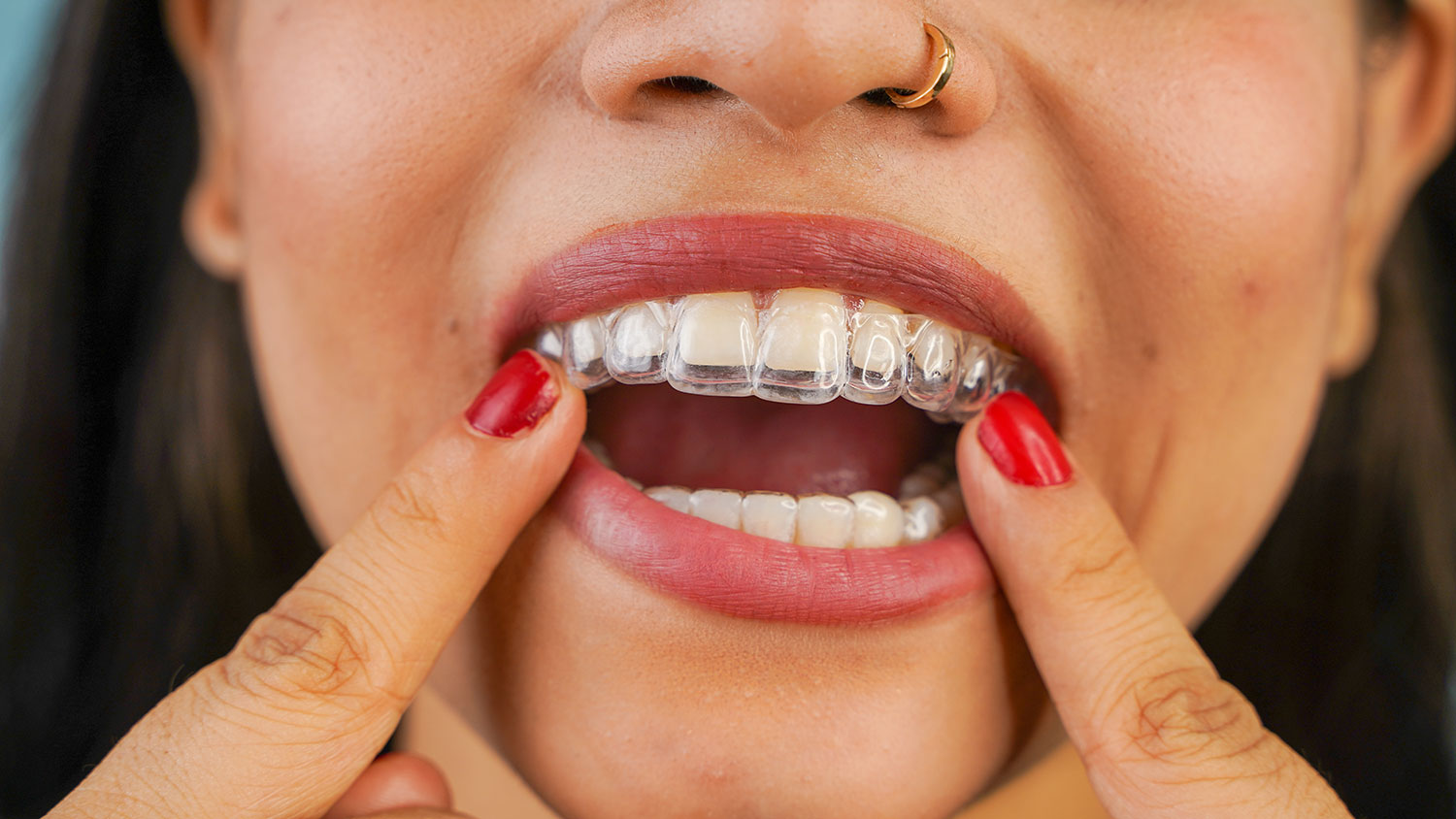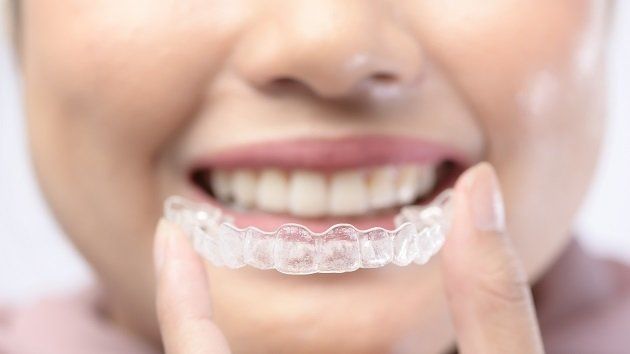Invisalign for Teenagers: A Modern Solution to Straightening Young Smiles
Invisalign for Teenagers: A Modern Solution to Straightening Young Smiles
Blog Article
Invisalign vs. Typical Dental braces: Which Option Is Right for You?
When thinking about orthodontic treatment, the choice between Invisalign and standard dental braces offers several important factors that warrant careful analysis. Invisalign supplies a discreet choice with detachable aligners, while traditional dental braces give a more visible yet effective remedy for extreme imbalance.
Overview of Treatment Options

On the other hand, traditional dental braces contain metal braces and cords that are bound to the teeth. This approach uses constant pressure over time to accomplish placement. While effective for complex orthodontic issues, traditional dental braces call for routine visits for changes and can position difficulties in keeping oral hygiene as a result of the trouble of cleaning around cables and braces.
Both alternatives have their values, and the selection commonly depends upon particular oral conditions, way of living preferences, and client conformity. Ultimately, seeking advice from an orthodontic professional is important for figuring out the most suitable treatment plan customized to private needs. Comprehending the subtleties of each alternative can dramatically influence the overall success of orthodontic therapy.
Aesthetic Considerations
A considerable aspect influencing the choice between Invisalign and standard dental braces is the visual charm each treatment provides. Invisalign aligners are crafted from clear plastic, making them virtually unseen when used.
On the other hand, typical dental braces contain steel brackets and cords, which can be more obvious. While advancements in orthodontic modern technology have led to the development of smaller sized braces and tinted elastics, traditional dental braces still keep an even more noticeable profile. For some people, the exposure of dental braces may hinder them from seeking essential treatment.
Inevitably, the choice between Invisalign and conventional dental braces might hinge on personal preferences regarding appearances. Individuals that focus on discernment usually lean toward Invisalign, while those who are less concerned concerning presence may go with typical dental braces. Understanding the aesthetic implications of each choice is critical for making an informed choice that straightens with one's way of living and choices.
Comfort and Convenience

In regards to ease, Invisalign aligners are removable, making it possible for clients to appreciate their favored foods without limitation and maintain optimum dental hygiene. Cleaning and flossing are streamlined, as the aligners can be obtained during these routines, whereas conventional braces require cautious maneuvering around wires and brackets.
In comparison, conventional braces necessitate normal adjustments, making them less hassle-free for those with busy schedules. Generally, the convenience and benefit of Invisalign make it an enticing choice for several individuals seeking orthodontic therapy.
Treatment Period and Effectiveness
While both Invisalign and typical braces are reliable in correcting dental imbalances, the duration of therapy can vary considerably in between the 2 options. Usually, Invisalign treatment can take anywhere from 12 to 18 months, relying on the intricacy of the situation. The clear aligners work by progressively changing teeth into their wanted positions, and normal follow-ups with an orthodontist help make certain development continues to be on track.
In comparison, traditional braces commonly need a longer commitment, typically varying from 18 months to three years. This is due to their fixed nature and making use of braces and wires, which can be much more efficient for complex cases and serious imbalances (Invisalign). The therapy performance of traditional dental braces is well-documented, as they permit exact modifications and higher control over tooth activity
Inevitably, the selection in between Invisalign and standard braces may rest on both the expected treatment duration and the particular dental problems available. Consulting with an orthodontist is crucial, as they can offer tailored suggestions based upon specific needs, making certain pop over here the chosen approach aligns with wanted timeframes and outcomes.
Cost Comparison and Insurance Policy Choices
Cost plays a substantial role in the decision-making procedure for people thinking about orthodontic therapy, whether selecting Invisalign or traditional dental braces. Usually, the expense of Invisalign varieties from $3,000 to $8,000, while conventional braces generally set you back in between $2,000 and $6,000. Factors influencing these costs consist of the complexity of the case, the duration of therapy, and geographical location.
Insurance protection can considerably impact out-of-pocket costs. Numerous dental insurance policy strategies provide partial protection for orthodontic therapies, but the specifics can differ commonly. It is vital for patients to examine their insurance plan to figure out the level of protection for either option. Normally, traditional braces might be much more regularly covered by insurance coverage plans compared to Invisalign, which some insurance companies categorize as a cosmetic procedure.
Furthermore, numerous orthodontic practices provide versatile layaway plan, making both treatment choices a lot more available. Individuals should inquire regarding potential funding choices and discount rates for ahead of time settlements. Assessing the overall price, including insurance policy advantages and repayment plans, is essential for making a notified choice that straightens with both aesthetic preferences and spending plan considerations.

Conclusion
In recap, the choice in between Invisalign and standard braces depends upon several aspects, including visual choices, convenience, therapy duration, and price. Invisalign uses helpful resources a very discreet, removable option that promotes oral hygiene and nutritional versatility, while traditional braces might be preferable for complex oral issues and commonly come go to my blog at a lower price factor. Inevitably, consultation with an orthodontist is important to evaluate specific scenarios and determine one of the most suitable therapy choice for accomplishing optimal oral placement.
When thinking about orthodontic treatment, the choice in between Invisalign and standard braces offers a number of essential factors that warrant careful assessment.Comparing Invisalign and traditional dental braces exposes distinct therapy options for orthodontic correction.While both Invisalign and standard braces are effective in dealing with oral misalignments, the duration of treatment can vary considerably in between the two options.Price plays a significant role in the decision-making process for individuals considering orthodontic treatment, whether choosing for Invisalign or conventional dental braces.In summary, the choice between Invisalign and typical braces pivots on numerous elements, consisting of visual preferences, comfort, therapy duration, and expense.
Report this page